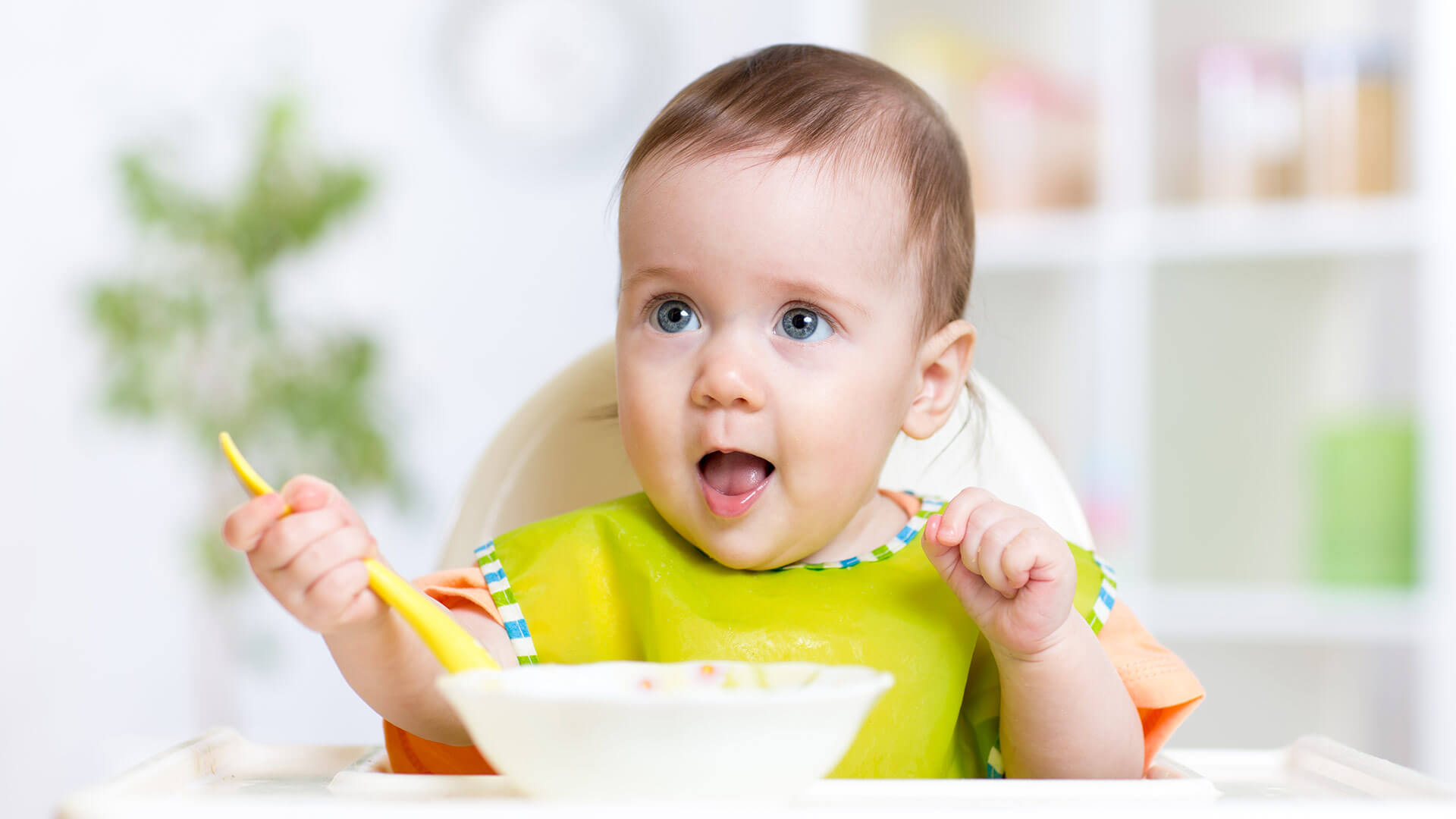Bronchiolitis is an infection of the lungs. It’s when your child has swelling in the smaller airways (bronchioles) of the lung. This swelling blocks air in the smaller airways. Bronchiolitis usually happens in the winter and early spring. It most often affects children younger than 2 years old.
 Causes
Causes
The most common cause of bronchiolitis is a virus. At first, the virus causes an infection in the upper respiratory tract. This includes the nose, mouth, and throat. It then spreads downward into the windpipe (trachea) and lungs (lower respiratory tract). The virus causes inflammation and even death of the cells inside the respiratory tract. This blocks airflow in and out of the child’s lungs.
Bronchiolitis is most often caused by the respiratory syncytial virus (RSV). But these other viruses can also cause it:
- Rhinovirus
- Parainfluenza virus
- Adenovirus
- Influenza
- Human metapneumovirus
In rare cases, bronchiolitis may be caused by bacteria.
All young children are at risk for bronchiolitis. The illness can spread easily through droplets in the air from coughing, sneezing, and talking. But some children have a higher chance of developing it. These are children who:
- Were born too early (premature)
- Have been exposed to tobacco smoke
- Go to daycare
- Have other serious health conditions
- Have older children in the home
- Are not breastfed
Symptoms
Bronchiolitis may at first be mistaken for a common cold. It starts out with many of the same symptoms. But your child may have a cough and other breathing problems that get worse over time. Below are the most common symptoms of bronchiolitis:
- Runny nose
- Congestion
- Fever
- Cough
- Fast or hard breathing
- Wheezing
- Loss of appetite
- Irritability
- Vomiting
These symptoms often last about a week. They may look like other health problems. Make sure your child sees his or her healthcare provider for a diagnosis.
 Diagnosis
Diagnosis
Your child’s healthcare provider can diagnose bronchiolitis with a health history and physical exam of your child. In some cases, your child may need tests to rule out other diseases, such as pneumonia or asthma. These tests include:
- Chest X-rays. This test makes images of internal tissues, bones, and organs.
- Blood tests or blood gases. A blood test may help see if the infection is caused by a virus or bacteria.
- Pulse oximetry. An oximeter is a small machine that measures the amount of oxygen in the blood. To get this measurement, the healthcare provider puts a small sensor (like a bandage) on your child’s finger or toe. When the machine is on, a small red light can be seen in the sensor. The sensor is painless and the red light does not get hot.
- Swab of the nose and throat (nasopharyngeal swab). This test can quickly spot RSV and other viruses.
Treatment
Treatment will depend on your child’s symptoms, age, and general health. It will also depend on how severe the condition is.
Most cases are mild and can be treated at home. There is no cure for the illness. So the goal of treatment is to ease symptoms. Antibiotics are not used unless your child has a bacterial infection.
Some babies with severe breathing problems are treated in the hospital. While they are in the hospital, treatment may include:
- IV (intravenous) fluids if your child can’t drink well
- Extra oxygen and a breathing machine (ventilator) to help with breathing
- Frequent suctioning of your child’s nose and mouth to help get rid of thick mucus
- Breathing treatments, as ordered by your child’s healthcare provider
Complications
Most children who have bronchiolitis will get well without any problems. But those born early or who have other health problems are more likely to have complications from the condition. These may include:
- Pauses in breathing (apnea)
- Breathing failure
How can I help prevent bronchiolitis in my child?
You can help prevent the spread of bronchiolitis. Wash your hands or use an alcohol-based hand cleaner before and after touching your child. While your child has symptoms, keep him or her away from other children.
Your child may also need a palivizumab shot. During RSV season, these shots are recommended for high-risk babies. High-risk babies include those born early or those with lung, heart, or immune system diseases. Talk with your child’s healthcare provider to see if the shot is right for your child.
When should I call my child’s healthcare provider?
Call if your child:
- Has trouble breathing
- Turns blue in color, especially the lips and fingertips
- Is breathing very fast
 Call your child’s healthcare provider right away if your child’s symptoms get worse, or if he or she:
Call your child’s healthcare provider right away if your child’s symptoms get worse, or if he or she:
- Can’t keep liquids down
- Is not eating or drinking
Key points about bronchiolitis in children
- Bronchiolitis is an infection of the airways in the lungs.
- It’s often caused by a virus, often the respiratory syncytial virus (RSV).
- The first symptoms may look like a common cold. But a child develops a cough, wheezing, and breathing problems.
- Most cases are mild and can be treated at home. Children with severe breathing problems are often treated in the hospital.
- Bronchiolitis can be prevented with proper handwashing. Your child may get a palivizumab shot if he or she is at high risk for an RSV infection.

Can I simply say what a relief to uncover someone who really understands what they are discussing on the internet. You certainly know how to bring an issue to light and make it important. More people ought to look at this and understand this side of the story. I cant believe you arent more popular since you certainly have the gift.